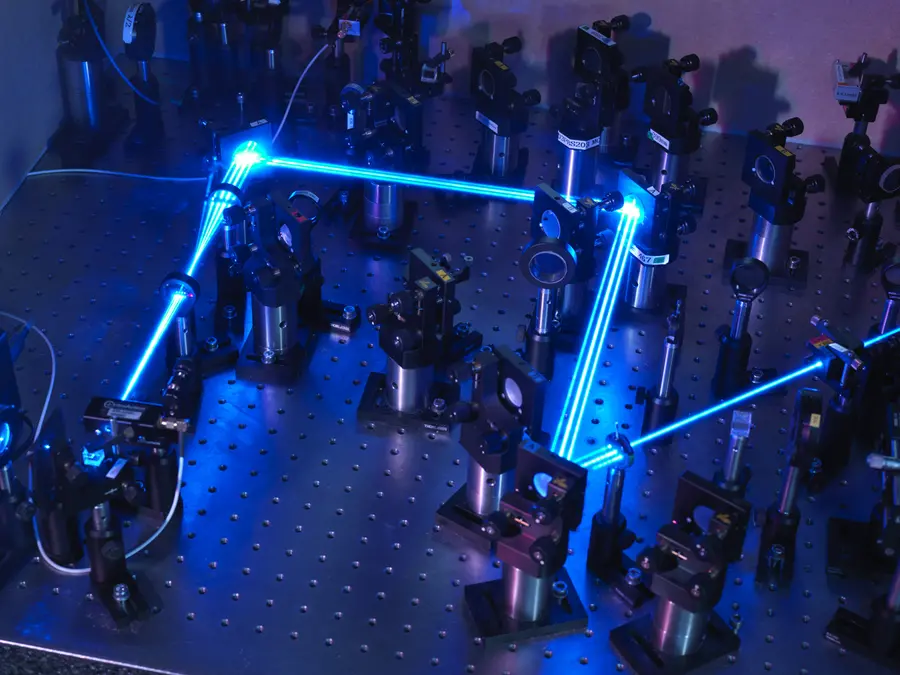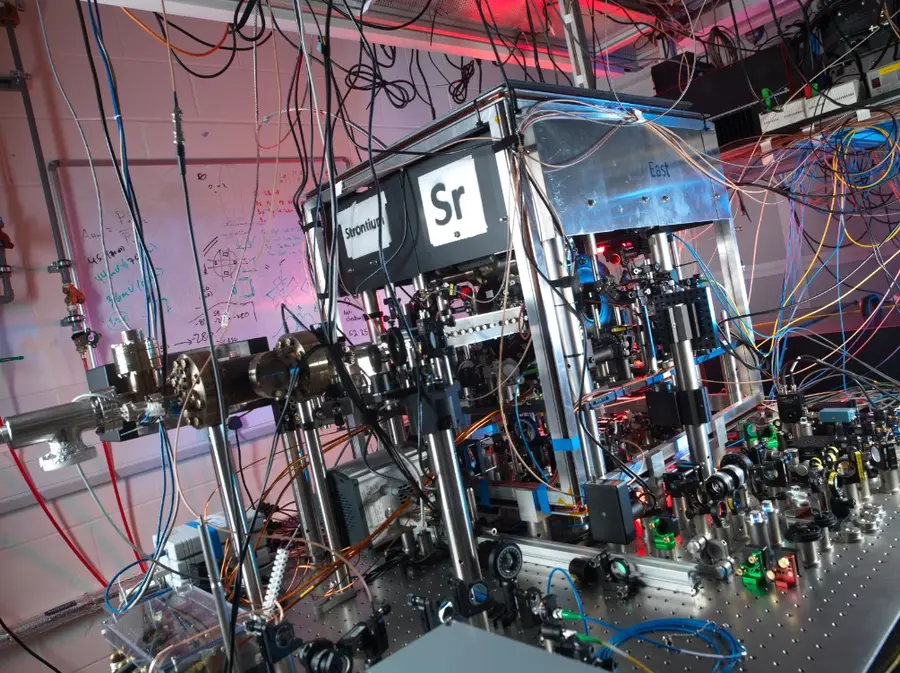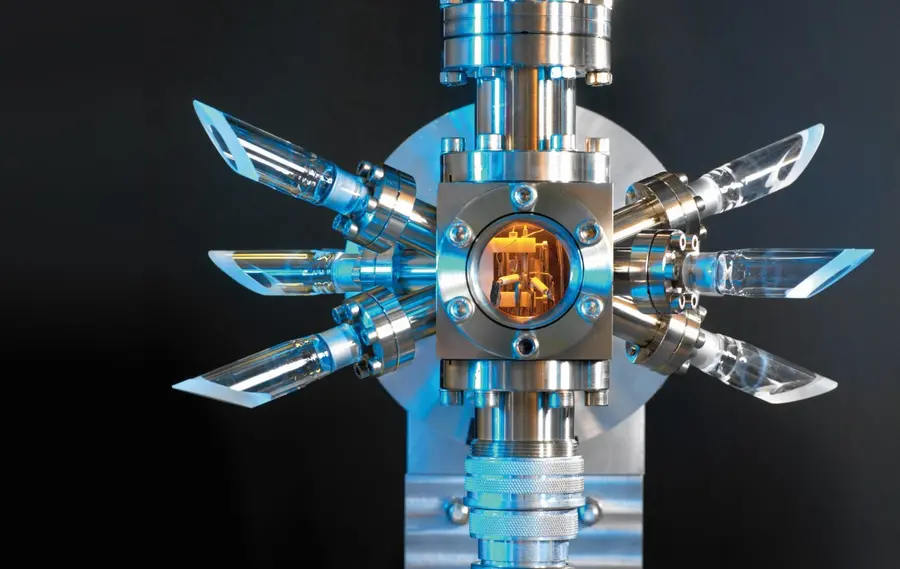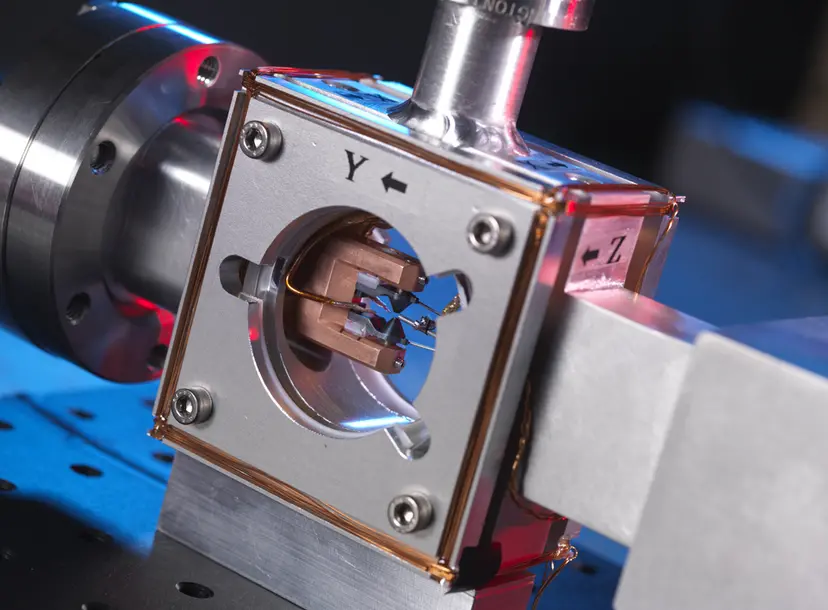If you want to know what time it is, you probably just glance at your watch or a nearby clock. But if you want to know the time to the nearest second, then you need to be a little more careful. Maybe you consult your mobile phone or a computer, relying on the fact that the time they give is carefully maintained and generally more accurate. But have you ever considered where the time comes from? What sort of clocks are required and how accurate do they need to be?
For our modern world to function, there has to be a single reference time scale across the globe and each country maintains its own national time scale, in alignment with the global reference. For the UK, the time scale is provided by the National Physical Laboratory (NPL), from its Teddington site in south-west London. The time scale is underpinned by very accurate atomic clocks to ensure everything ‘ticks’ at exactly the right rate. The clocks are based on caesium atoms and are able to measure one second to an accuracy of 16 decimal places – that’s the equivalent to not gaining or losing as much as one second in 300 million years.

Accuracy Matters
This level of accuracy might seem well beyond your everyday needs, but it’s surprising how much we rely on precision timing. Satellite navigation is a good example of this: atomic clocks on board satellites provide timing signals that enable your receiver to determine its distance from the satellites, based on the arrival time of the signals and the speed of light. Once your distance from several satellites is known, your position and time can be determined. Given that light travels 30 cm in a nanosecond, it’s immediately obvious that navigational precision is dependent on timing precision.
In fact, if we stop and think about it, we realise that many more of the things we rely on in our everyday lives are underpinned by accurate time and frequency signals: from synchronisation in energy and telecoms networks to timestamping financial transactions. So, it is the role of a National Metrology Institute such as NPL to provide timing signals suitable for all these applications. With our thirst for ever more accurate satellite positioning and ever faster internet speeds, our demands for accurate timing are continuously increasing and we need to stay one step ahead.

Next Generation Clocks
At NPL, we have an active programme of research and development to ensure atomic clocks remain fit for the future. The incredible accuracy of caesium clocks can already be surpassed by two orders of magnitude in our research systems. These next-generation atomic clocks are not based on caesium but instead use other elements such as strontium or ytterbium. The clocks are known as optical atomic clocks because they tick at the rate of an optical frequency: several hundred million million times a second (~ 1014 Hz). It is this extremely fast tick rate that leads to the extraordinary precision of optical clocks and they have demonstrated accuracies at the level of one part in 1018, which is equivalent to not gaining or losing a second in more than the lifetime of the universe.
Given that we now have optical clocks that perform a hundred times better than caesium clocks, why are we not currently using them in the national time scale? One reason is that the technology is not yet as mature as the caesium clocks and so optical clocks are generally less robust. However, the margin is narrowing and soon the optical clocks will be as reliable as the caesium clocks and ready to be deployed in national time scales. A bigger issue, however, is that the definition of the second in the international system of units is still based on caesium. This means that if you want to create a realisation of one second, you need to refer back to a caesium clock. Even if you have an optical clock, with a measurement precision a hundred times better, you cannot calibrate your optical clock to measure one second better than the reference from caesium clocks. This limitation can only be overcome by redefining the second.

A New Definition of the Second
Redefining a unit of measurement is not something to be undertaken lightly. It is an international decision and its implications must be fully understood. However, the international metrology community is currently working towards a new definition of the second, based on optical clocks, with a target date of 2030. Following the redefinition, optical clocks will finally be able to measure one second without any limitations imposed by referring back to caesium clocks. National time scales will be able to generate each second more accurately and the benefits will trickle down to many aspects of daily life.
So, when you next check the time, take a moment to think about some of the work that goes on behind the scenes to bring you a time scale that remains accurate, trustworthy and fit for the future.
About the Author
Dr. Rachel Godun is a principal scientist in the Time & Frequency department at the National Physical Laboratory (NPL). She carries out research with optical atomic clocks, making frequency measurements at the highest level of accuracy to support a future redefinition of the SI second.
